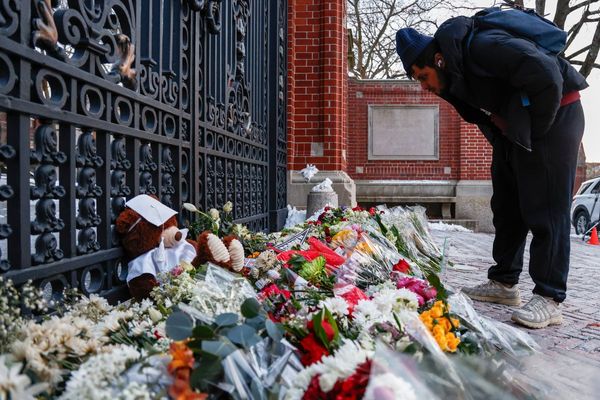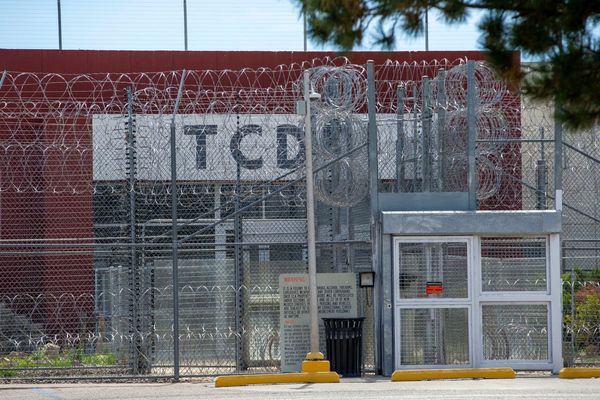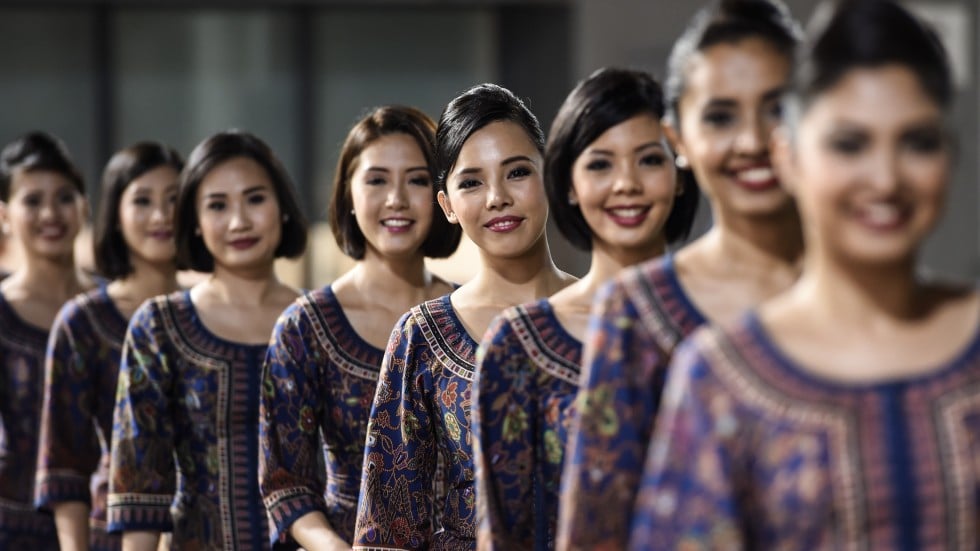
Singapore Airlines was never supposed to conquer the world. When the carrier was established, in 1972, its prospects appeared to mirror those of Singapore itself: to remain a small, regional player with little global influence. But it has improbably risen to become an instantly recognisable aviation powerhouse, and has won more awards than any other airline.
Last year marked the 60th anniversary of the company operating in Hong Kong. This might sound somewhat curious, given that the airline is only 46 years old but, like the nation it represents, Singapore Airlines has a rather complicated history.
How China’s popular White Rabbit sweets became so famous
It was effectively born in 1946 as Malayan Airways, incorporated by the Ocean Steamship Company of Liverpool, the Straits Steamship Company of Singapore and Imperial Airways, and operated its first flight a year later.
With the liberation of Malaysia from colonial rule, it became Malaysian Airways in 1963; then, after Singapore split from Malaysia in 1965, it became Malaysia-Singapore Airlines (MSA) the following year. That arrangement, with ownership split between two governments with different agendas, understandably only lasted six years and the company split into two: Singapore Airlines and Malaysian Airline System, now Malaysia Airlines.
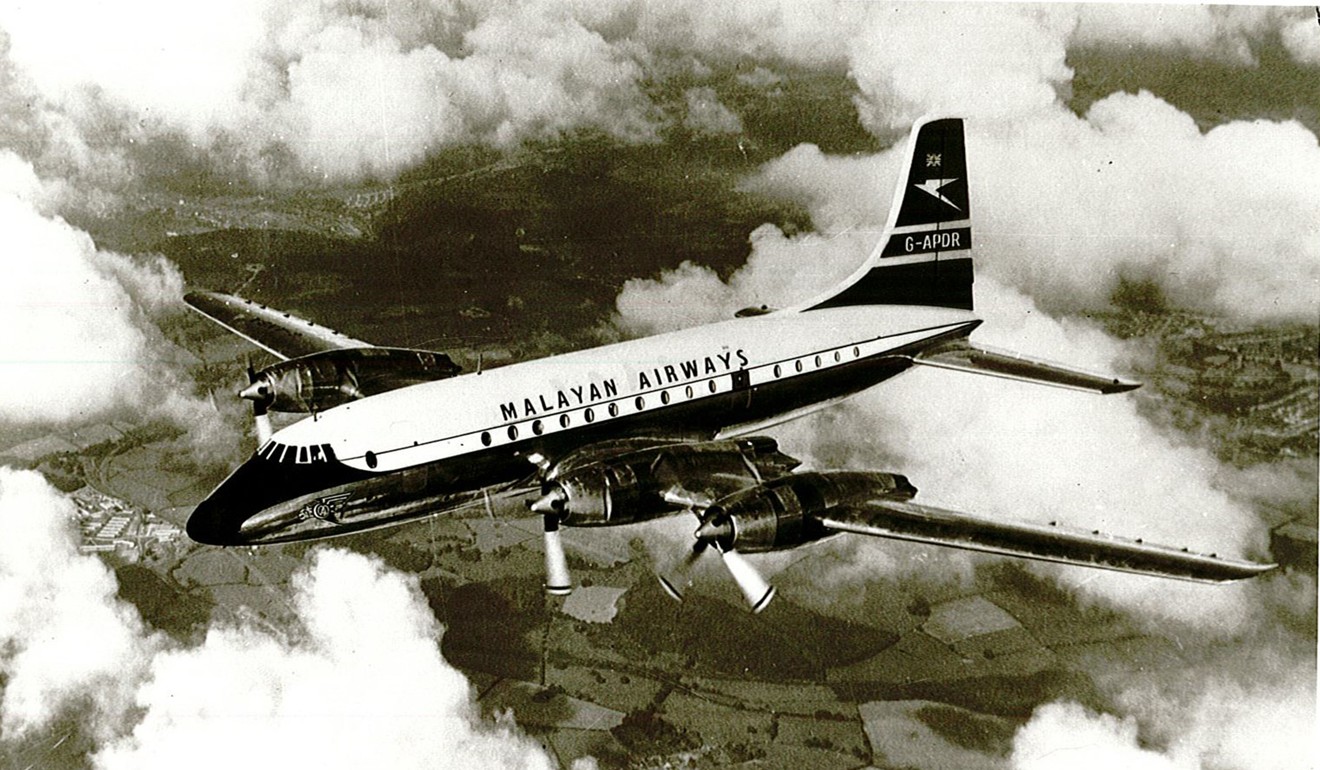
“Back then there were quite a few domestic routes within Malaysia,” says Chia Chow Hwee, the company’s Hong Kong general manager. “Singapore Airlines took on the international routes while Malaysia took the domestic routes.
“We first flew to Hong Kong in 1958. It was our first overseas port outside Southeast Asia” – and it remains the airline’s biggest. Those twice-weekly flights were on 55-seater Douglas DC-4 Skymaster aircraft and took nine and a half hours each way, with stops.
“Today we have seven flights a day. We’ve come a long way,” Chia says.

“Hong Kong and Singapore started with similar histories – as major trading hubs in our respective regions; later both were financial hubs. It was natural that Singapore Airlines choose to first fly to Hong Kong. There was a tremendous amount of trade and business dealings between the two. We think we benefited a lot from our early entry to Hong Kong.”

One man who bore witness to those early years is retired pilot Kong Yiu Sing, who joined the airline in June 1966 and worked there for 41 years. He’s also known as the husband of actress Deborah Lee.
“I was so lucky to be selected as a cadet pilot – the process of being selected took months,” he says. “The company was very small at the time. When I joined I knew everyone. It was like a scholarship.”
How a Japanese health drink conquered world with bacteria and beaming ladies
Kong first flew a Fokker F27 turboprop aircraft on internal flights within Malaysia and started flying internationally in 1968, when the company acquired Boeing 707s. His most memorable flight, he says, was in 1973, when he flew 150 newly married couples from Hong Kong to Singapore, some of them still in their wedding outfits.
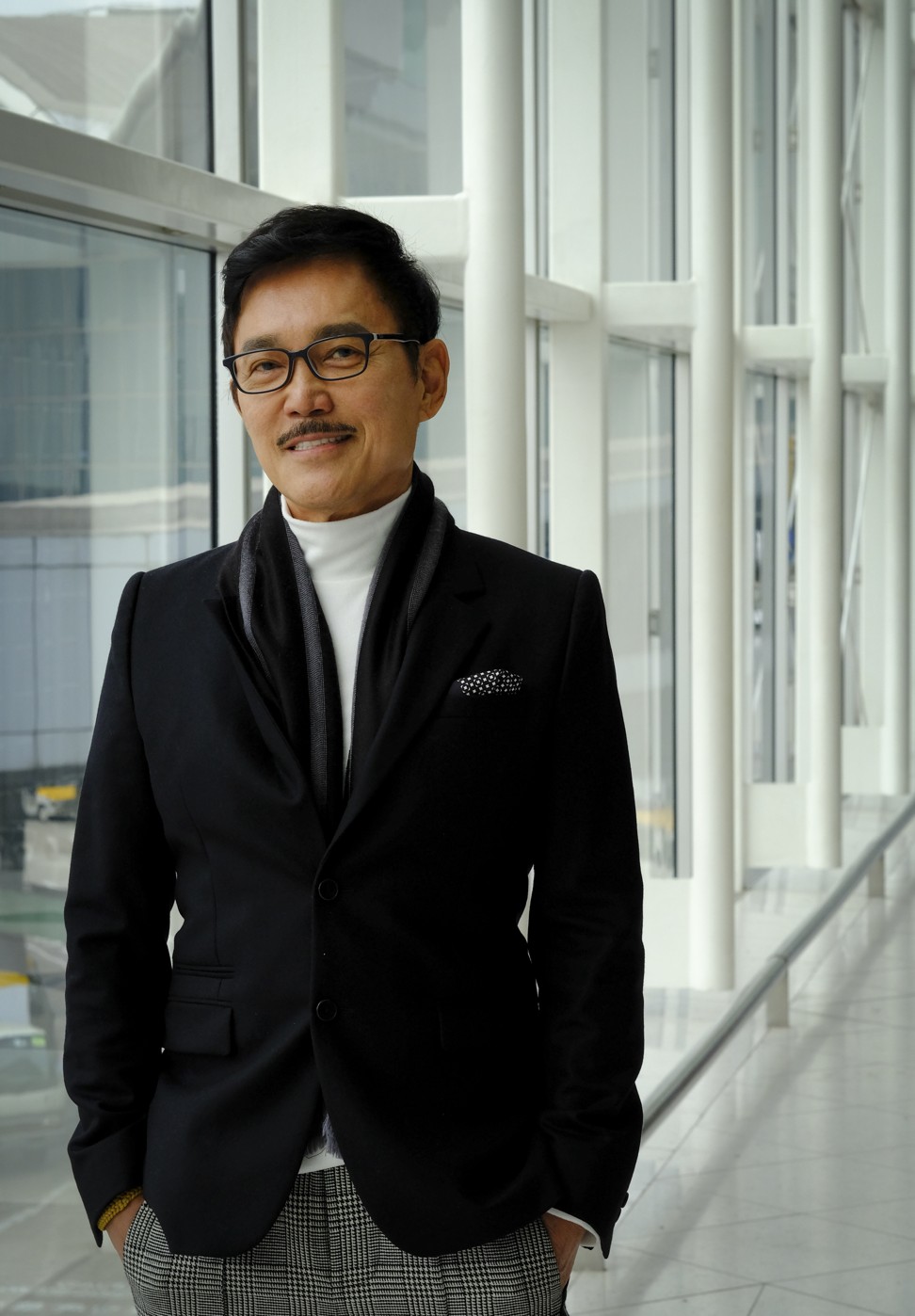
Looking in wonder at the massive bulk of an Airbus A380 on the tarmac, he reflects on how times have changed.
“I went to Seattle for 747 training in ’73, and I remember looking at it and thinking: ‘How does this thing fly?’ It’s been a tremendous change. No one would ever have thought that such a small company could have developed into a major international player.”

Singapore Airlines was a pioneer in providing in-flight services, from cabin crew and in-flight food and drinks in 1951, to personal video on demand in all classes in 2001. The carrier also invested early in new planes, and was the first customer for several iconic aircraft, including the Airbus A380, Boeing 787 Dreamliner and Airbus A350 XWB. It started raking in the awards in the 1970s and remains the world’s most awarded airline. Chia says there are two reasons it has won so much recognition: innovation and customer service.
The Sasa story: from tiny basement store to Asian cosmetics empire
“Innovation has been about new aircraft and new products. We’ve been the launch customer for several aircraft, but more than that we’re using innovation to personalise our service and make our operations more reliable and punctual,” he says.
“But ask anyone in the company, from airport staff to in-flight crew to the staff in the back office, and they’ll tell you that what has given us our good name among customers and other airlines is our unyielding devotion to customer service. It defines the DNA of Singapore Airlines.
“The brand makes customers feel at home. We treat them as guests in our home. We find that it’s consistent: how people liked to be served in the ’70s and now fundamentally hasn’t changed. The hardware gets us into the game, but it’s the software that differentiates us.”
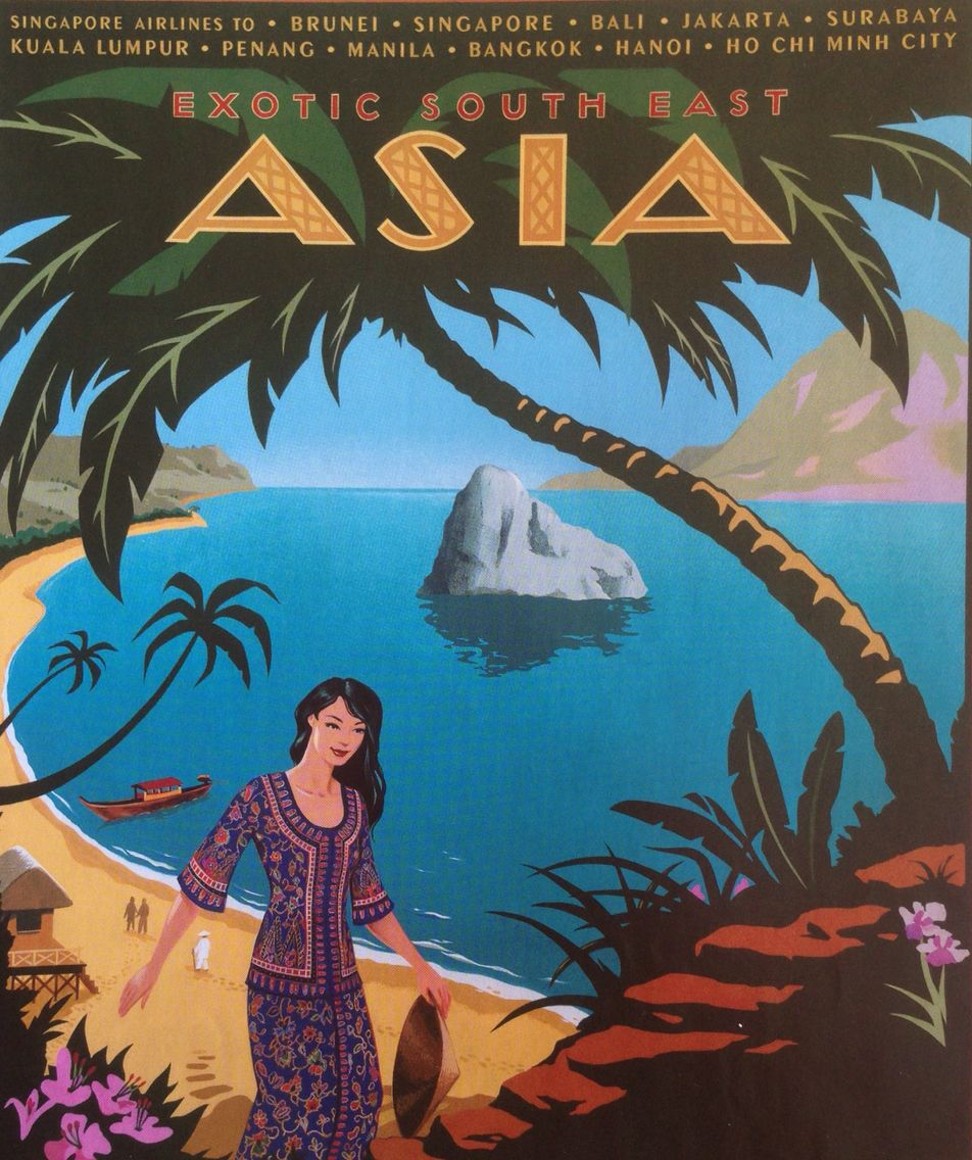
Long-term customers continue to patronise Singapore Airlines despite the growth of low-cost carriers, he adds.
“We’ve had a good run, but we’re not taking our customers for granted.”
Since the 1970s the airline’s branding has been based around the “Singapore Girl” concept, originally the work of legendary Anglo-Australian ad man Ian Batey. It made stars of the crew – and the instantly recognisable sarong kebaya uniforms, based on a traditional design but created by a Western designer, albeit one of pretty elevated stature in Pierre Balmain, in 1968.
Some of the Singapore Girl campaigns haven’t aged well and the branding has at times been criticised as sexist. However, the company has stuck with the branding and is evolving it for the modern era, because it’s worked.
“[The Singapore Girl branding] is a personification of the service culture,” says Chia. “Ian Batey played a big role, and then we internalised it and took it to a new level.”
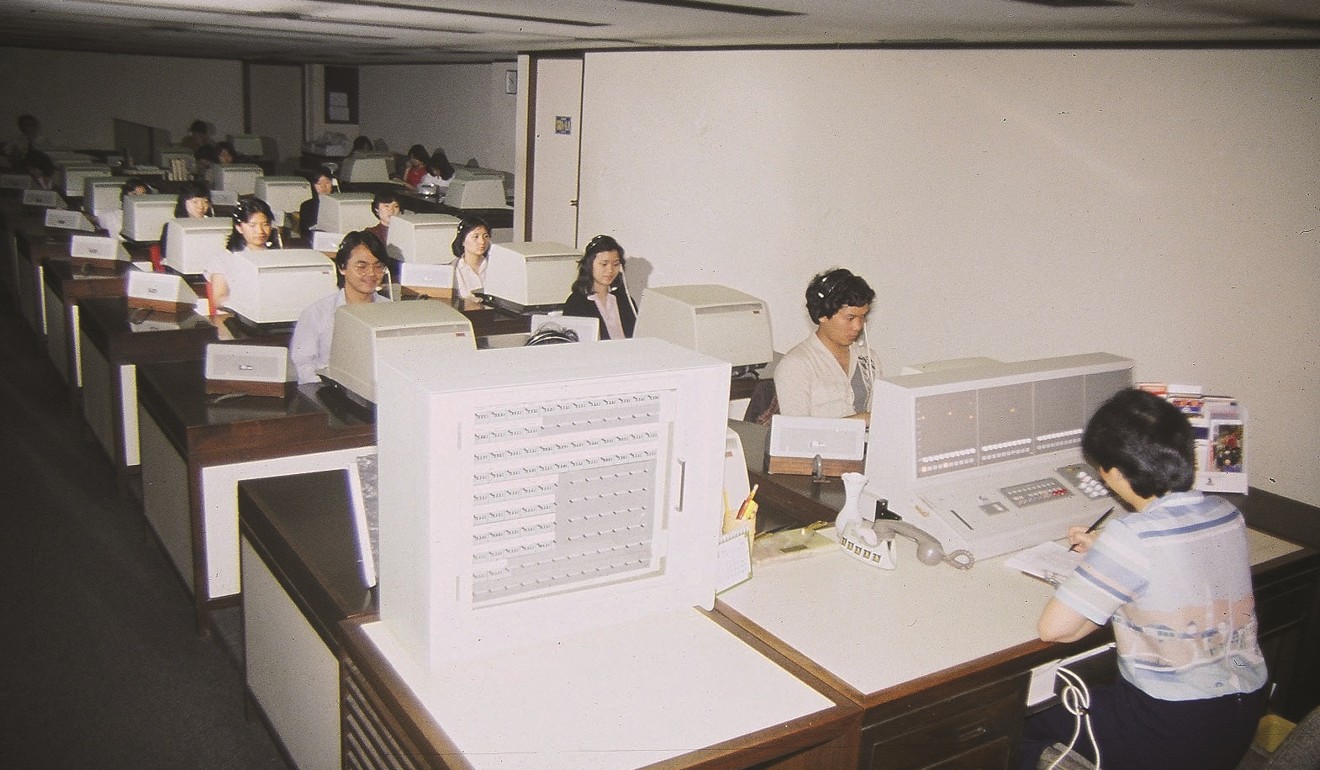
The success of the airline has mirrored, and to some extent, fuelled the evolution of Singapore itself from a relative backwater to one of the world’s most important cities.
“The history of Singapore Airlines is very much tied to the history of the country. Singapore is one of the world’s centres for trade, innovation, IT and finance. Having a base in Singapore has very much helped our growth. We’re able to take on the best ideas and talents. Our crew comes not just from Singapore but from all over Asia and the world, and we’re using the best ideas to go beyond the geographical limits of Singapore.”
The company’s commitment to innovation has recently taken the form of the Singapore Airlines AppChallenge, which it has hosted four times. New technology is making internal operations more efficient, for instance by digitising rostering of the airline’s 8,000 crew members.
It has also resulted in consumer applications such as KrisPay, which allows KrisFlyer air miles to be used for everyday purchases. And it can feed back into customer service, for example with handheld devices for crew that allow them to log and access customers’ personal preferences.
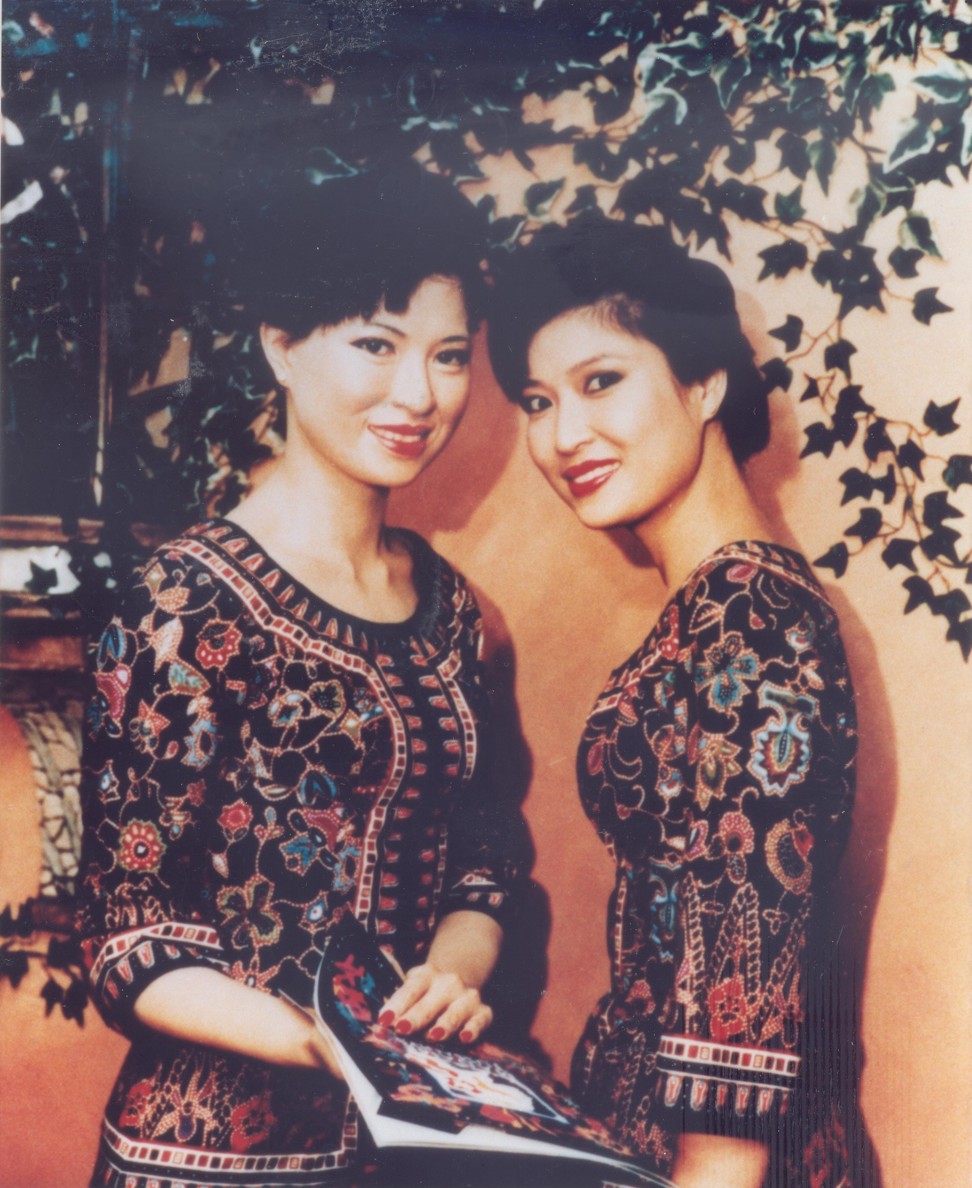
“That kind of service can be rendered much more instinctively,” says Chia. “It has been very much in our ethos: equipping people with the tools and information to serve customers better.”
The Singapore Airlines group also includes SilkAir, which grew out of Tradewinds Charters, launched in 1975, becoming Tradewinds Airlines and starting to offer scheduled flights in 1989, and then becoming SilkAir in 1992.
The story of Ayam Brand, set up in Singapore by a Frenchman, and how it got its name
The regional airline, which flies to more than 40 Asia-Pacific destinations, will be folded into the Singapore Airlines brand by 2021/2022, taking advantage of its greater name recognition, especially in overseas markets.
The group also owns low-cost airline Scoot, launched in 2012 and merged with its rival Tigerair in 2016, which mainly flies to China and India, although it also operates long-haul routes to Berlin and Athens. Additionally it co-owns medium- to long-haul airline NokScoot with low-cost Thai airline Nok Air.

The entire group services about 140 routes, more than 60 by Singapore Airlines itself. It has about 200 aircraft and 26,000 staff, serving more than 33 million passengers a year, and carrying 1.3 billion tonnes of cargo. And, in a tough period for the airline industry, its financial performance has remained buoyant. In its most recent results it reported annual profit of S$893 million (US$659 million), up 148 per cent year on year, and the company’s best since 2011.
For the future, says Chia: “We continue to want to expand our operations here in Hong Kong. We’re working very closely with the authorities to get the suitable slots to expand. We believe very much in the future of Hong Kong as an aviation hub. Singapore Airlines very much wants to be part of that. We’ve been part of it for the past 60 years, and we want to be part of it for the next 60 years.”

